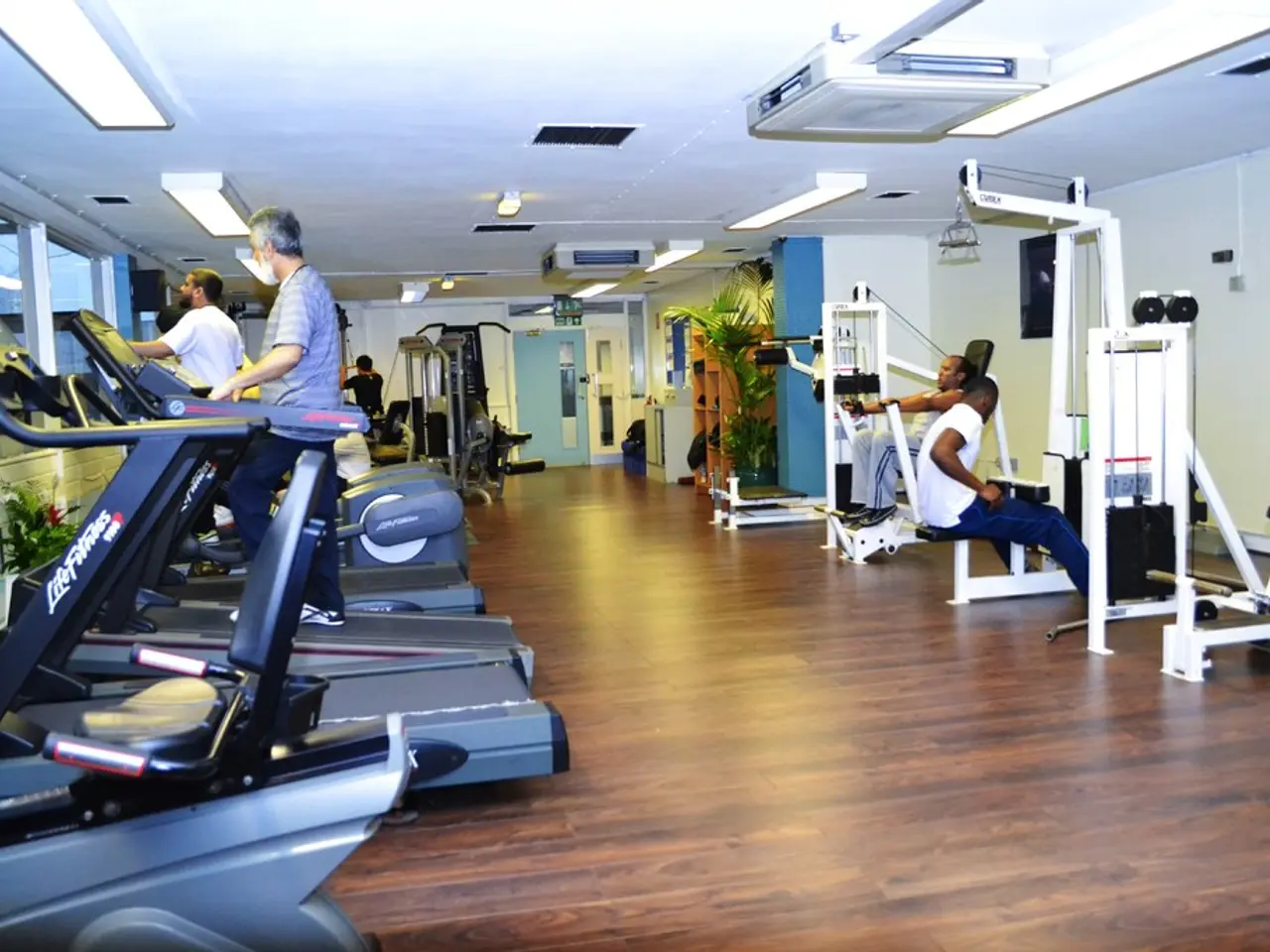Enhancing Core Muscles in Senior Adults: Essential Exercises to Consider
A strong core isn't just about achieving a toned midsection; it's essential for maintaining functional independence and reducing the risk of debilitating falls in older adults.
According to recent research, the stability and power of the core muscles are the strongest predictors of maintaining independence in one's 70s and 80s. This is because a strong core improves coordination, balance, and posture, making everyday activities easier and reducing the risk of falls.
Fortunately, building a functional core doesn't require expensive equipment or complicated routines. Bodyweight exercises like the bridge, modified plank, wall sit, and various anti-movement exercises are effective in strengthening the core.
One such exercise is the Opposite Arm and Leg Raise, which challenges the core's anti-rotation capacity while improving coordination. Another is the Single-Leg Bridge, which increases the stability demand on the core while strengthening each leg individually.
Strength training sessions for older adults include one exercise from each anti-movement category: anti-extension, anti-lateral flexion, and anti-rotation. These exercises help strengthen the deep, stabilizing powerhouses that hold one upright and keep one moving with confidence, such as the transversus abdominis, erector spinae, gluteal muscles, deep pelvic muscles, iliacus, psoas muscles, and quadratus lumborum.
In addition to improving balance and reducing the risk of falls, effective core training for older adults also decreases lower back pain and supports better breathing and reduced neck tension. Activities that once seemed challenging become easier with improved core strength.
It's important to note that traditional crunches and sit-ups may be counterproductive for older adults and potentially dangerous, as they create a dangerous pulling force on the neck, primarily strengthen the hip flexor muscles, and contribute to lower back pain. Instead, the most effective core training for older adults does not involve a single crunch or sit-up, but focuses on teaching the core muscles to provide stability while the body moves, through anti-movement training.
Proper core training addresses many of the underlying causes of lower back pain and can lead to significant pain reduction within 6-8 weeks of consistent core training. In fact, older adults with the strongest core muscles are 73% less likely to experience debilitating falls.
Building and maintaining core strength is a lifelong journey, not a destination. Every bridge you hold, every plank you perform, and every moment you consciously engage your core is an investment in your future independence and vitality. A daily core activation routine (5-10 minutes) wakes up the core muscles and prepares them for daily activities.
In this phase of core training, we introduce dynamic stability challenges that better mirror real-life activities. For example, the Dynamic Opposite Arm and Leg challenges the core to maintain stability while the limbs move in different patterns.
Functional Integration aims to integrate core activation into all daily movements, making core training a natural part of your daily routine. With consistent practice, you'll notice improvements in your balance, posture, and overall functional independence.
Your future self will thank you for the strength and stability you build starting right now. So, let's get started on this journey to a stronger, more independent you!
Read also:
- Peptide YY (PYY): Exploring its Role in Appetite Suppression, Intestinal Health, and Cognitive Links
- Toddler Health: Rotavirus Signs, Origins, and Potential Complications
- Digestive issues and heart discomfort: Root causes and associated health conditions
- House Infernos: Deadly Hazards Surpassing the Flames








